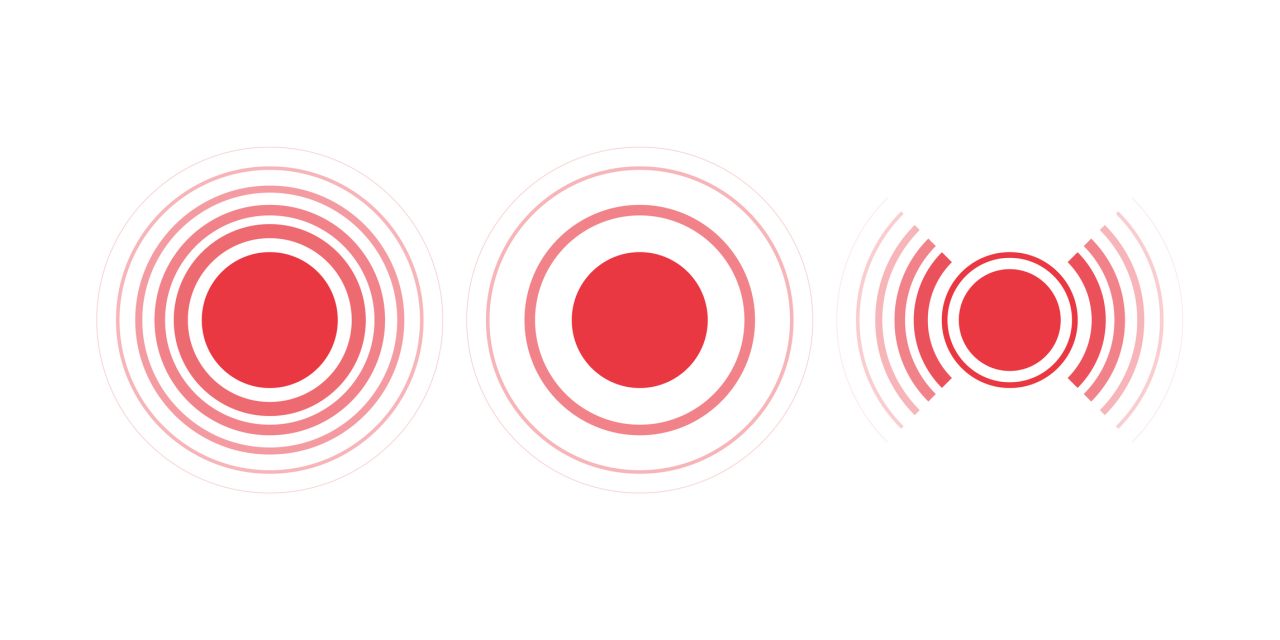It is not clear whether mepolizumab is differently effective in allergic and nonallergic severe eosinophilic asthmatics (SEA) in real life.
We tested mepolizumab effectiveness in allergic/nonallergic SEA in real life. A strict criterion to identify the 2 phenotypes was used.
We retrospectively considered 134 consecutive patients divided into allergic, with a positivity to at least 1 allergen to prick tests and/or IgE values ≥100 UI/mL (severe allergic eosinophilic asthma [SAEA]; n: 97-72.4%), and nonallergic, with no prick test results and normal IgE levels <100 UI/mL (severe nonallergic eosinophilic asthma [SNAEA]; n: 37-27.6%). They had taken mepolizumab for at least 6 months.
After 10.9 ± 3.7 months, improvements in FEV1%, FEF25-75%, exacerbation numbers, blood eosinophil (BE) counts, fractional exhaled nitric oxide (FENO) (ppb), percentages of patients that stopped/reduced short-acting β2-agonists (SABAs) or oral corticosteroid (OC), observed after treatment, were similar in both groups. Only Asthma Control Test (ACT) increases were higher in SNAEA (8 [5-9]) than in SAEA (5 [2.5-8.5]; p = 0.016). However, no differences were found after treatment in percentages of subjects with ACT ≥20, as well as with FEV1 >80%, FEF25-75 >65%, exacerbations ≤2, BE <300 cells/µL, and FENO 80%: OR = 1.04 [95% CI: 0.43-2.55], p = 0.923; FEF25-75 >65%: OR = 0.41 [95% CI: 0.08-2.03], p = 0.272) were detected. Neither all other parameters, such as ACT >20 (OR = 0.73 [95% CI: 0.32-1.63], p = 0.440), presence of exacerbations (OR = 1.35 [95% CI: 0.55-3.27], p = 0.512), SABA discontinuation (OR = 1.16 [95% CI: 0.40-3.39], p = 0.790), and OC cessation/reduction (OR = 3.44 [95% CI: 0.40-29.27], p = 0.258), were differently associated with 1 or the other phenotype.
Mepolizumab can be considered as a valid therapeutic choice for either allergic or nonallergic SEA in real life.
© 2020 S. Karger AG, Basel.
Mepolizumab Effectiveness and Allergic Status in Real Life.


